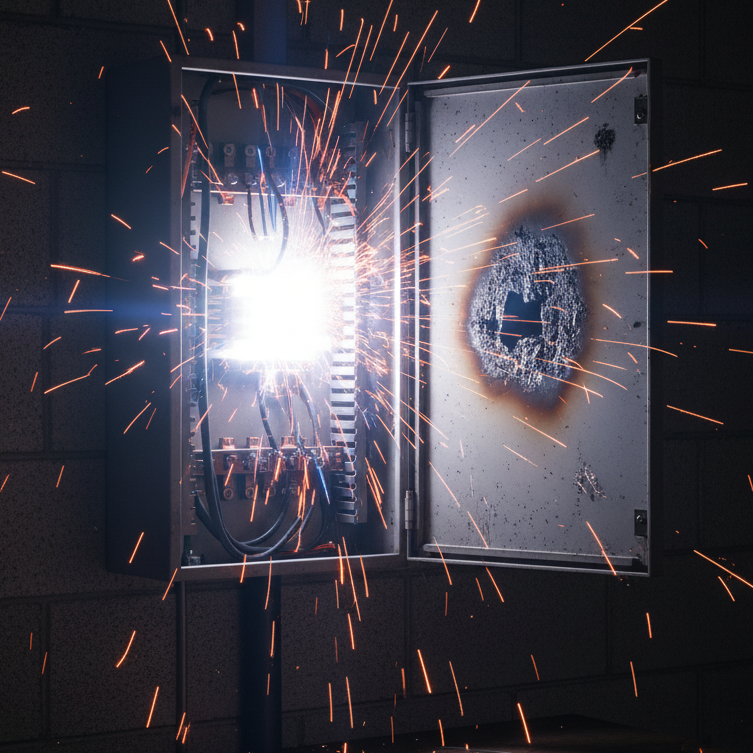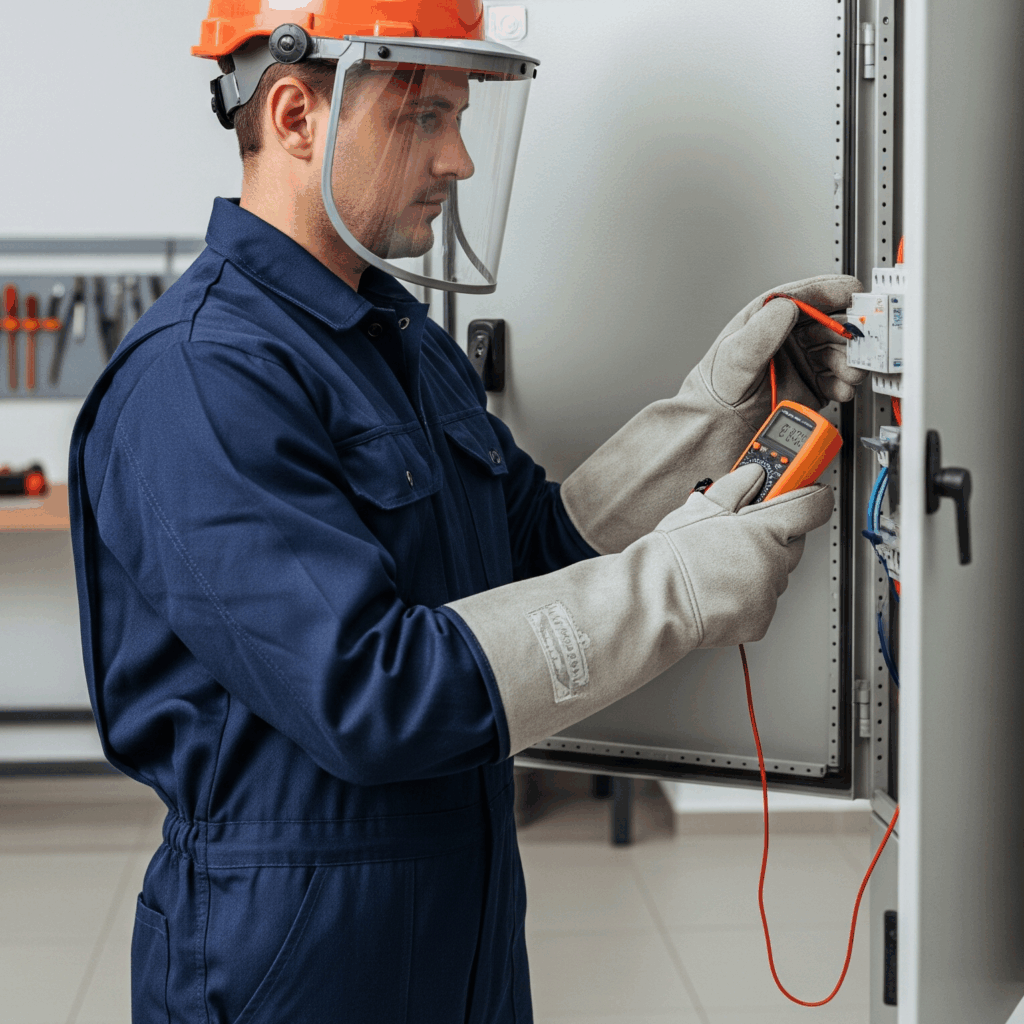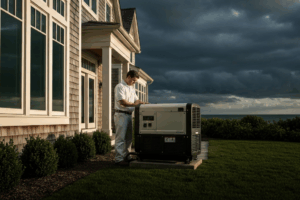What Is NFPA 70E?
NFPA 70E: Understanding and Applying Electrical Safety Standards.
Introduction:
For the modern professional electrician, a deep understanding of electrical safety is not just a suggestion—it’s a critical component of the job. While the NFPA 70 (National Electrical Code, or NEC) provides the essential rules for safe electrical installations, NFPA 70E is its crucial companion, focusing on safety practices for people. NFPA 70E, officially titled “Standard for Electrical Safety in the Workplace,” is the industry-recognized standard that outlines safety procedures to protect personnel from the hazards of arc flash, electric shock, and other electrical-related risks. Adherence to this standard is fundamental to a safety-first mindset and is a key distinction of a competent, professional electrician.
The Core Purpose of NFPA 70E
At its heart, NFPA 70E provides a comprehensive framework for creating an electrically safe work environment. It’s not a set of codes for wiring design or installation, but a standard for work practices. Its primary objective is to prevent injury and death from electrical hazards. It does this by requiring a proactive, systematic approach to safety, rather than a reactive one. A key principle is ensuring clear and understandable safety practices for all personnel. This standard mandates that all qualified workers must be trained to recognize and avoid electrical hazards.
The Hazards: Arc Flash and Electric Shock
The 70E standard is built around mitigating two primary risks:
Electric Shock: Occurs when a person becomes part of an electrical circuit. The severity of a shock is determined by the current’s magnitude and the path it takes through the body.
Arc Flash: A highly dangerous and often misunderstood hazard. An arc flash is a sudden and powerful release of energy caused by an arcing fault. It can produce intense heat, a blinding flash, a concussive blast, and molten metal, all of which can cause catastrophic injury or death.

NFPA 70E requires that a comprehensive hazard risk assessment be performed before any electrical work to determine the potential for both arc flash and electric shock.
Establishing an Electrically Safe Work Condition
The cornerstone of NFPA 70E is the concept of an “electrically safe work condition.” This is the state where a conductor or circuit part is disconnected from all energized sources, locked out/tagged out, and verified to be de-energized. The standard’s hierarchy of controls prioritizes this condition as the preferred method for any work. Simply turning off a breaker is not enough; the proper Lockout/Tagout (LOTO) procedures must be followed to prevent accidental re-energization.
Protective Measures and Best Practices
When it’s not feasible to de-energize a circuit—which should be a rare exception—NFPA 70E mandates a series of protective measures. These include:
Personal Protective Equipment (PPE): Appropriate PPE, such as arc-rated clothing, face shields, and insulated gloves, must be used to protect against hazards. The level of PPE is determined by the results of the hazard risk assessment.
Tools: Only insulated, voltage-rated tools should be used for work on or near live parts.
Safety Barriers and Boundaries: Establishing safe approach boundaries is crucial to warn and protect unqualified persons.

NFPA 70E works in tandem with NFPA 70 (NEC), which governs electrical installation standards. For example, the NEC requires the use of wire ampacity charts for safe circuit design to prevent overloads, and mandates ground fault circuit interrupter (GFCI) outlets in wet locations or surge protection for sensitive equipment to enhance safety. These installation practices complement NFPA 70E’s focus on safe work procedures.
Additionally, proper cable management, while primarily an installation practice under NFPA 70 (NEC), supports workplace safety. When working within an electrical box, neatly organizing cables not only makes future work easier by providing a clear wiring layout but also helps prevent wires from being pinched or damaged, reducing the risk of future faults.
Conclusion: Beyond Compliance
Ultimately, NFPA 70E is more than just a regulatory document; it’s a culture of safety. It transforms the professional practice of working with a simple receptacle or a complex switchgear from a potential risk into a controlled, methodical, and safe process. By understanding and applying its principles, electricians not only comply with industry standards but also uphold the highest level of professionalism, ensuring their safety and the safety of everyone around them.
Take the next step in your professional growth! Visit Expert CE (https://expertce.com/) for all your continuing education needs.
Continuing Education by State
Select your state to view board-approved continuing education courses and requirements:
Disclaimer: The information provided in this educational content has been prepared with care to reflect current regulatory requirements for continuing education. However, licensing rules and regulations can vary by state and are subject to change. While we strive for accuracy, ExpertCE cannot guarantee that all details are complete or up to date at the time of reading. For the most current and authoritative information, always refer directly to your state’s official licensing board or regulatory agency.



